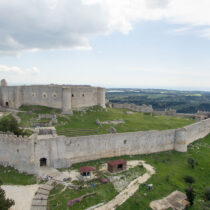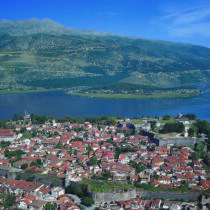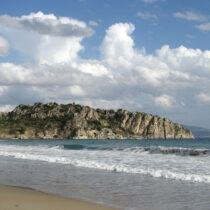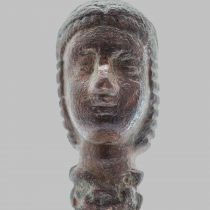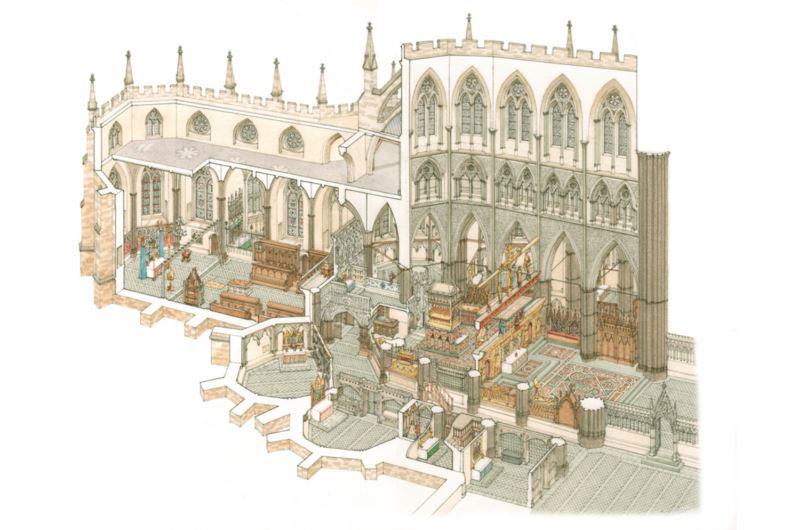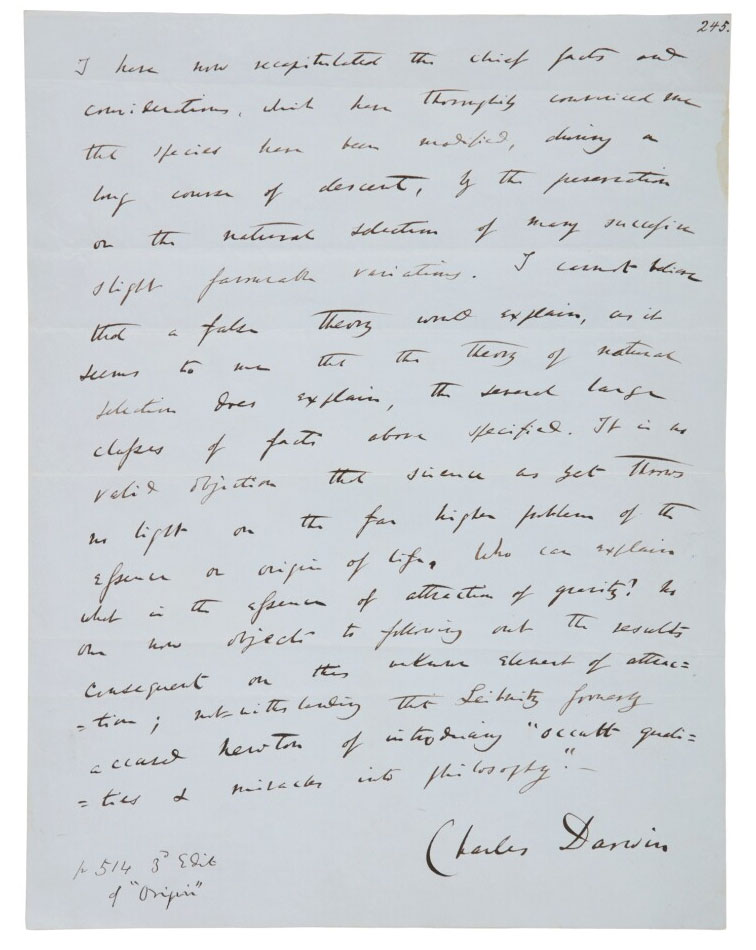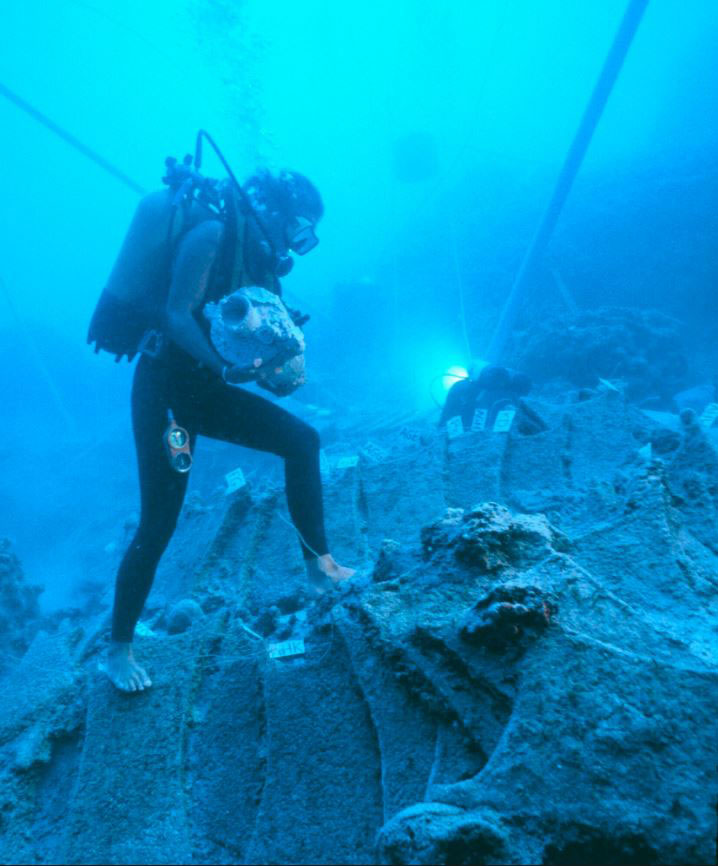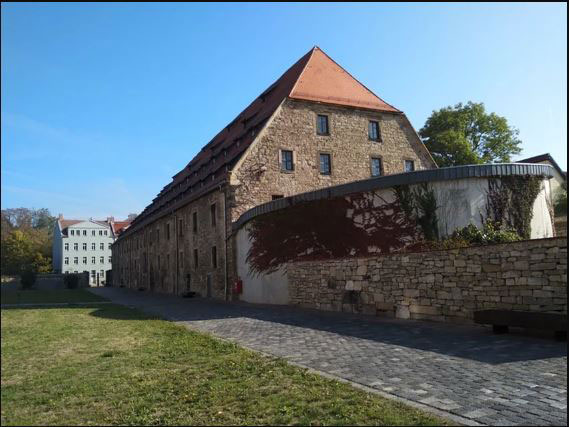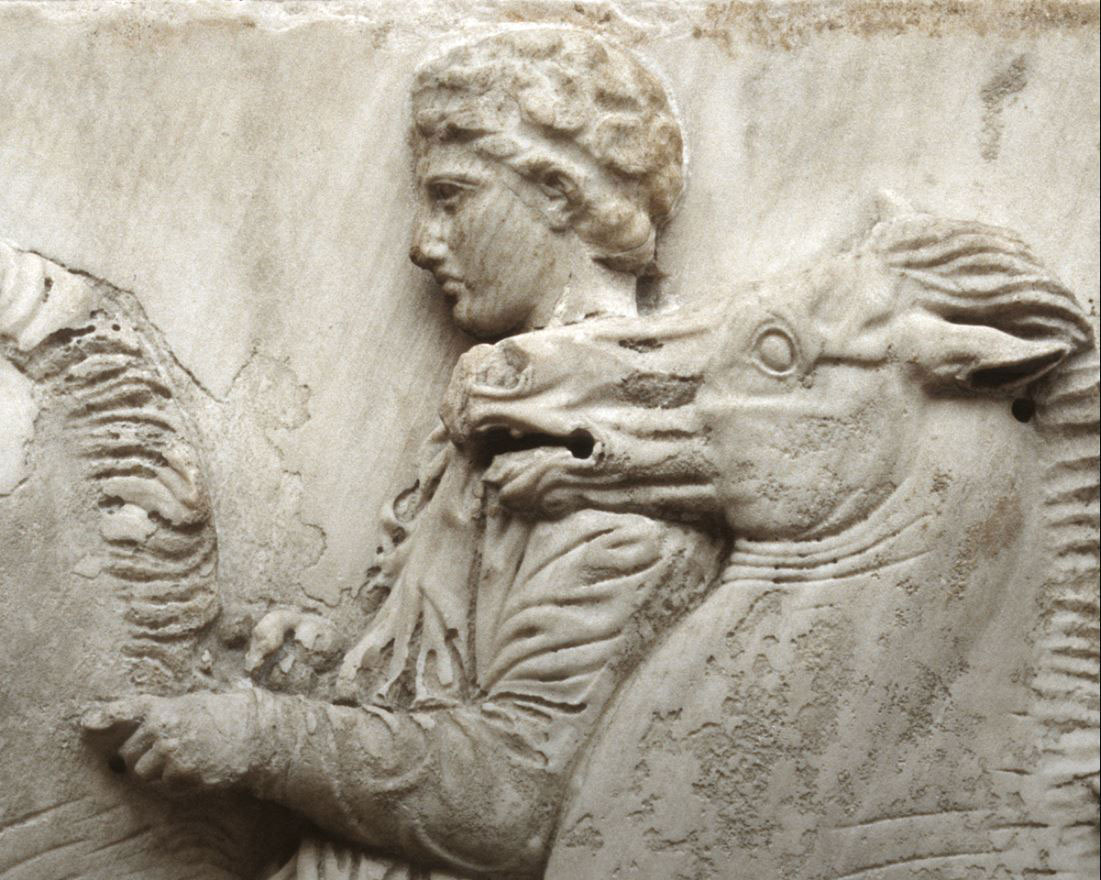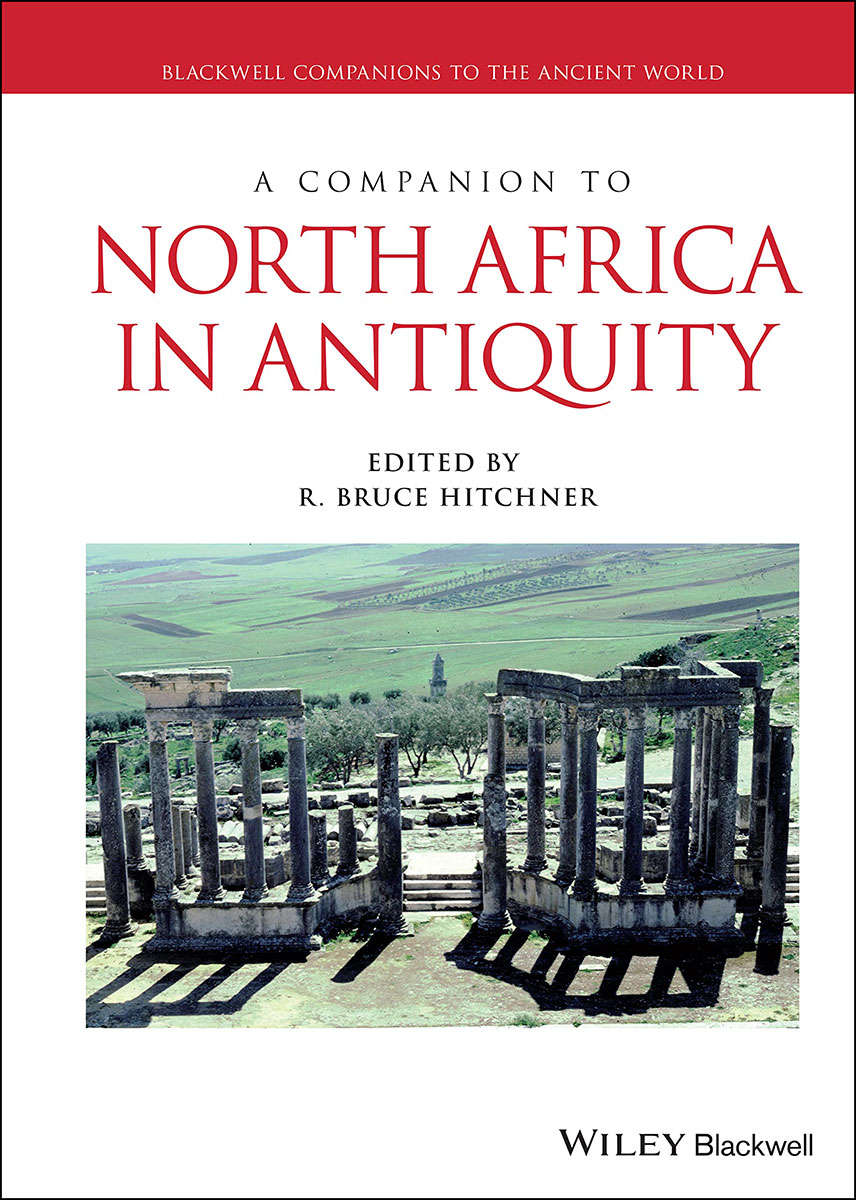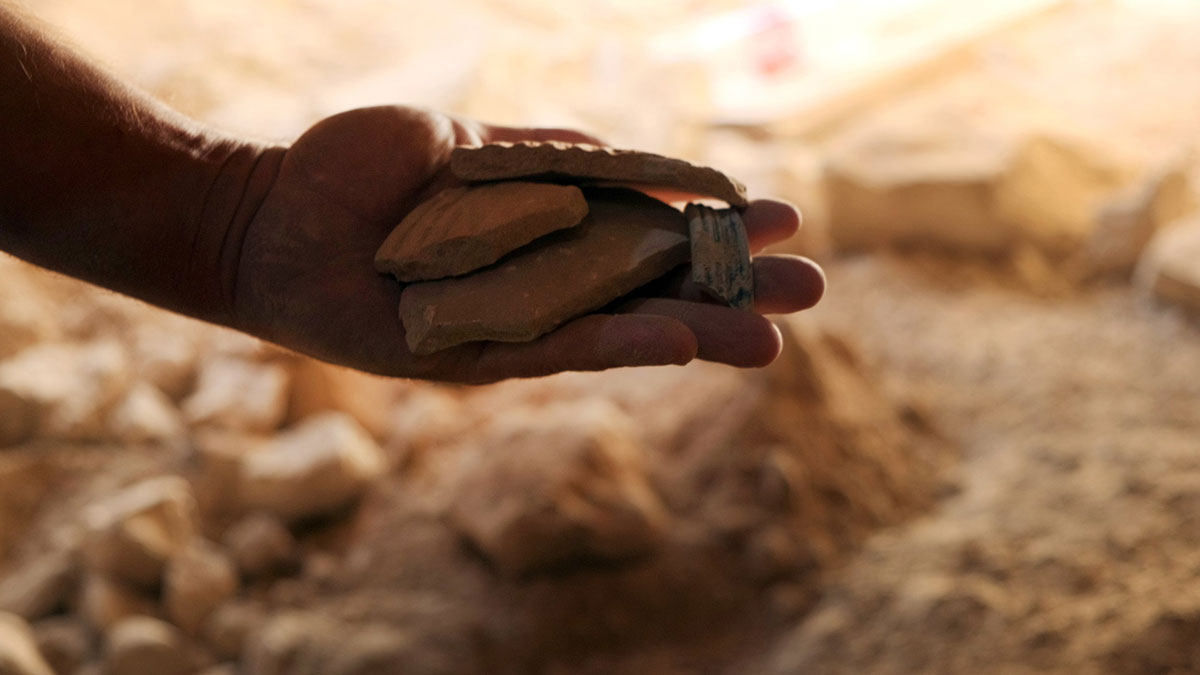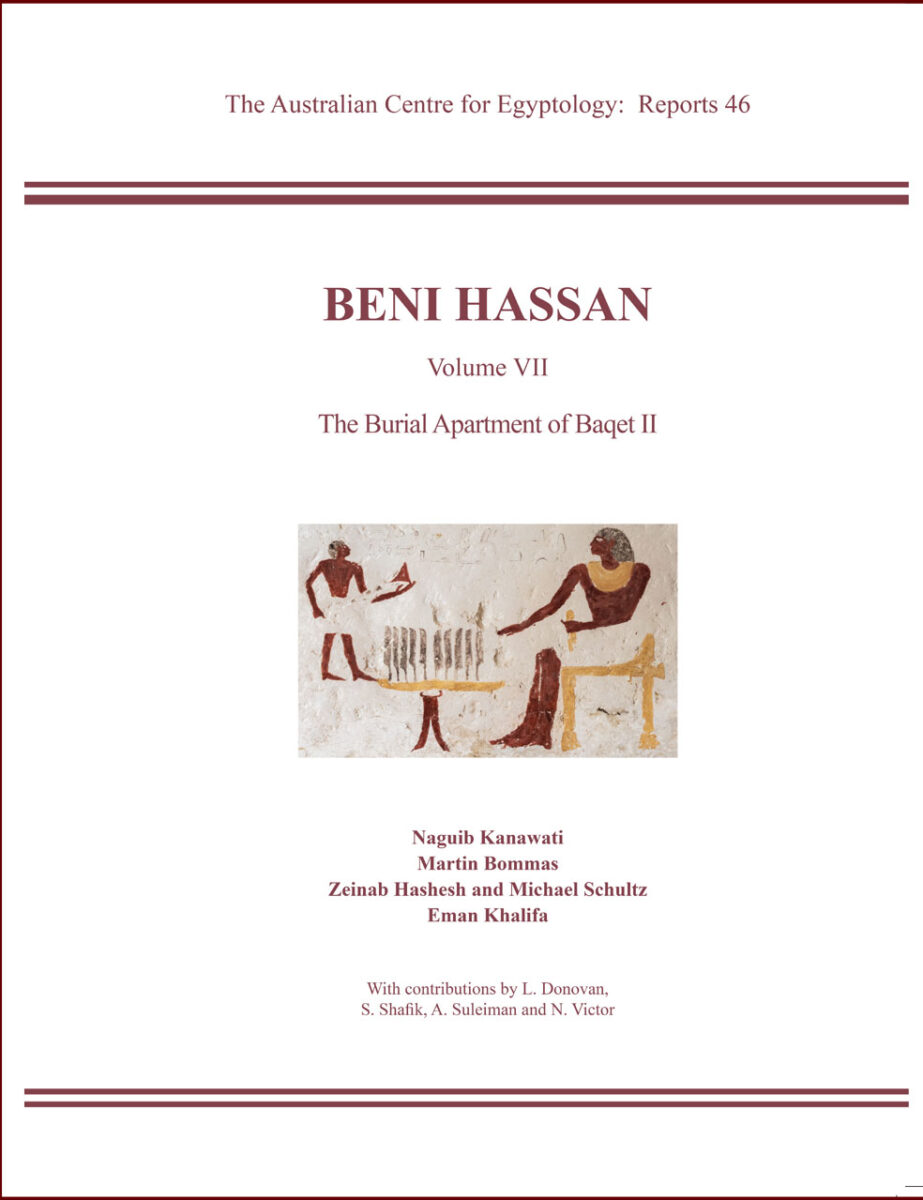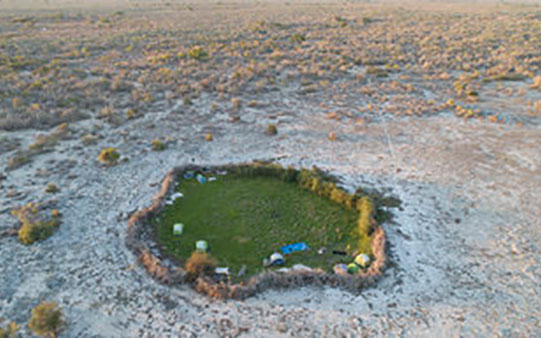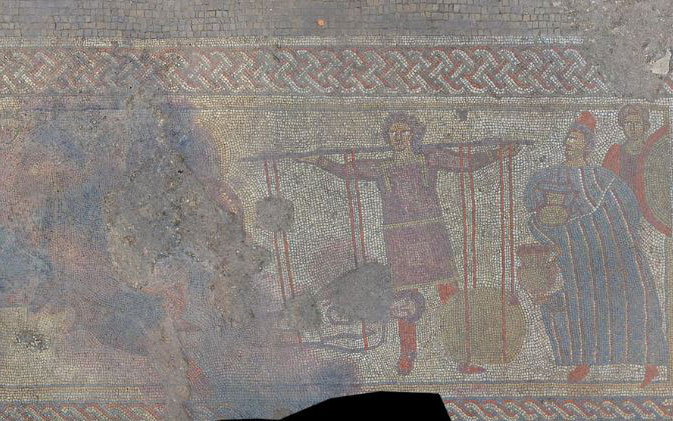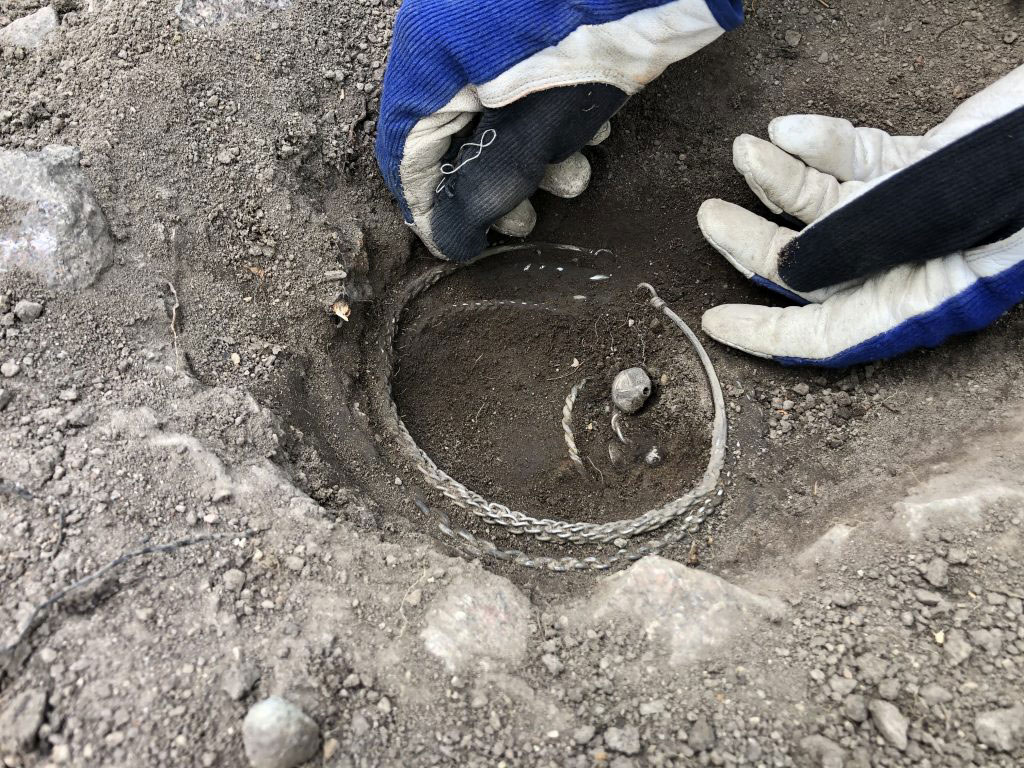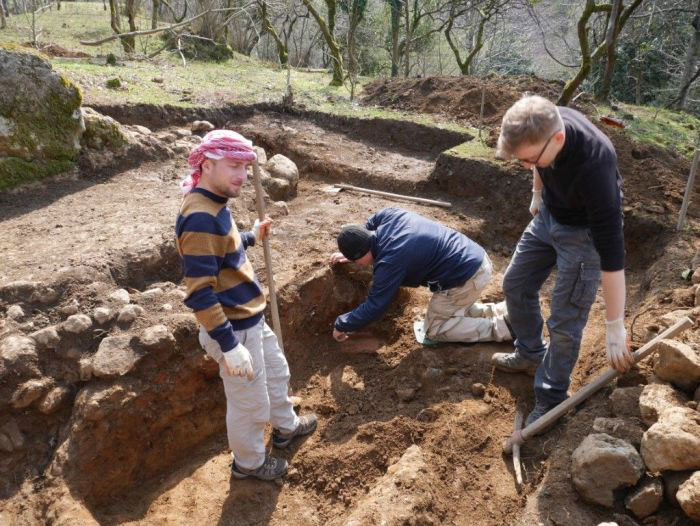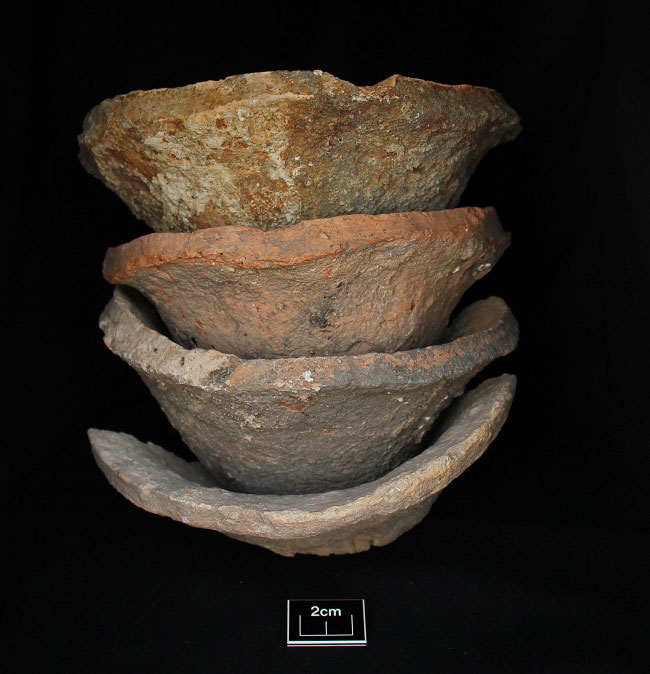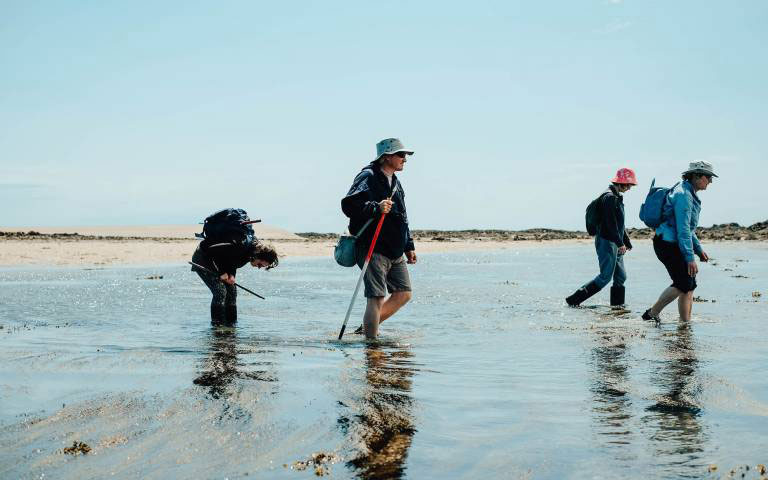Lost Medieval Chapel Sheds Light on Royal Burials at Westminster Abbey
New data demonstrates how a section of the building was once the focus for the royal family’s devotion to the cult of a disemboweled saint.
Document signed by Charles Darwin up for auction
The item is likely to fetch more than a million pounds, a record price for a Darwin manuscript.
Gold from Troy, Poliochni and Ur all had same origin
The gold in objects from Troy, Poliochni and Ur in Mesopotamia have the same geographic origin and were traded over great distances.
Findings from Uluburun shipwreck reveal complex trade network
Small communities of highland pastoralists living in present-day Uzbekistan produced and supplied one-third of the tin found aboard the ship.
DNA from medieval Germany tells the origin story of Ashkenazi Jews
Research team analyzed genome-wide data for 33 Jewish individuals from 14th century Erfurt, Germany.
Athens and Attica in the Early Iron Age and the Archaic Period
This conference is devoted to the archaeology of Early Iron Age and Archaic period in Athens and Attica, focusing on the publication of the latest discoveries.
New important finds at ancient Antissa
The excavation by the Ephorate of Antiquities of Lesbos continues since 2017 on the Ovriokastron peninsula.
Early Career Fellowships in Hellenic Studies in Greece and Cyprus
Harvard University's Center for Hellenic Studies offers up to five fellowships in Hellenic Studies to early-career postdoctoral researchers based in Greece or Cyprus.
A Companion to North Africa in Antiquity
A comprehensive introduction to all aspects of North Africa's rich history from the Protohistoric period through Late Antiquity.
Looters caught in an ancient well near Rahat
The antiquity looters were digging for treasure in the well, following a southern Bedouin myth.
PhD Programme at Johns Hopkins University
The Doctoral Study in Classics at Johns Hopkins University is currently accepting applications for Fall 2023 admission.
Beni Hassan VII. The Burial Apartment of Baqet II
The present volume provides a detailed description of the tomb’s architectural features and wall scenes, as well as a translation of all of its inscriptions.
Charcoal and Cattle Correlate with Madagascar’s Megafaunal Extinctions
A new study suggests that changes in land use within the last millennia drove the extinction of Madagascar’s giant animals.
Discovery of interior wonders reveal Rutland villa owners’ lavish lifestyle
Archaeologists have returned to the Rutland Roman villa site unearthing further mosaics and fragments of décor that suggest the owners took inspiration from the wider Roman Empire for their interior lifestyles.
New social and educational actions of the Acropolis Museum
The Museum extends its activities to special groups of the public; to groups of refugees and immigrants, to begin with, and to second chance schools in prisons.
Emergency Red List of Cultural Objects at Risk – Ukraine
ICOM has launched the Emergency Red List of Cultural Objects at Risk – Ukraine in an effort to help protect endangered cultural heritage of Ukraine for future generations in light of the recent invasion by Russian forces.
Viking silver treasure uncovered in Täby in Stockholm
A 1000-year-old silver hoard containing several beautiful torque-style neck rings, arm rings and coins has been discovered in Viggbyholm, Täby, outside Stockholm.
Fossil of giant ancient marine turtle found in Spain
3.74 meters long, it is the largest sea turtle ever found in Europe and one of the largest ever to have lived on Earth.
Archaeologists find 1,800-year-old Roman winepress
The well-preserved remains of an ancient winepress have been found near the Roman fort Apsaros (today's Gonio near Batumi, Georgia).
Roman coin reveals long-lost Roman Emperor
New research on ancient gold coins from The Hunterian collection at the University of Glasgow and the Brukenthal National Museum in Sibiu, Romania, has revealed a long-lost Roman Emperor named Sponsian.
Let them eat stew: Research sheds new light on foodways in the first cities
The world’s first urban state societies developed in Mesopotamia, modern-day Iraq, some 5500 years ago. No other artefact type is more symbolic of this development than the so-called Beveled Rim Bowl.
Archaeologist Ross Iain Thomas passed away
Colleagues will be saddened to learn that Ross Iain Thomas passed away unexpectedly on 14 November 2022 following surgery.
Hunting for Neanderthal spear tips under the sea
A UCL-led team of archaeologists found spear tips and other stone tools that have been submerged under the English Channel since the last ice age, providing new clues about our Neanderthal past.
Genes and tongues are not always tied together
Does the history of our languages match the history of our genes? Charles Darwin thought yes, others said no.

